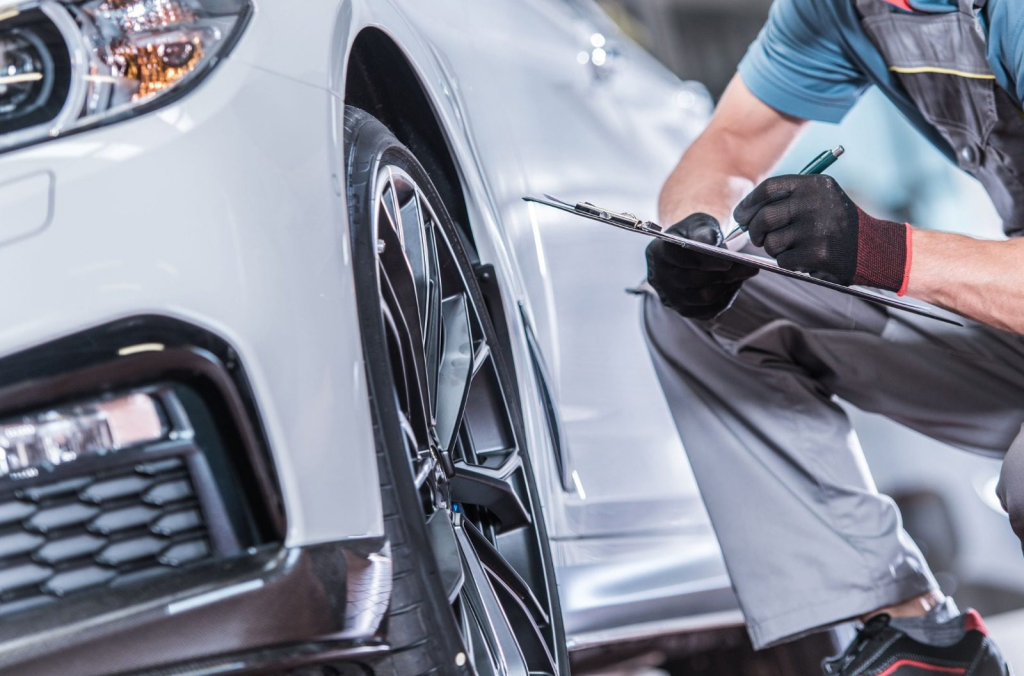Identifying which calibrations to perform is not necessarily straightforward, yet is a crucial step in ensuring a safe and properly-functioning vehicle. Let's take a look at several methods that identify ADAS calibrations. By integrating these methods, automotive technicians can leverage multiple verification points to best identify ADAS calibrations, ensuring comprehensive coverage and minimizing the risk of oversight or error.

- OEM Calibration Position Statements: When in doubt, defer to the experts – the Original Equipment Manufacturers (OEMs). OEM Calibration Position Statements serve as definitive guides, delineating precise calibration requirements based on specific scenarios such as bumper removal or sensor replacement. While consulting these statements may entail a more time-intensive process, it ensures adherence to OEM specifications, thereby mitigating any risk of suboptimal calibrations.
- Consultants or Calibration Identification Services: In complex scenarios or instances of uncertainty, seeking guidance from consultants or a well-known service provider can get you the answers you need. Collaborating with seasoned professionals allows one to navigate the calibration requirements effectively. At ADAS Depot we are planning on launching a calibration identification service called ADAS Depot Exigence, that will allow you to submit your repair estimate or work order, and which will inform you of all the required ADAS calibrations, helping you maximize revenue and minimize liability. If interested in learning more, please email alvin@adasdepot.com.
- ADAS Calibration Identification Software: Specialized tools such as Revv ADAS or ADASThink have emerged as invaluable tools for streamlining calibration identification. These platforms analyze vehicle data and automatically generate a list of required calibrations. While this method is the quickest, not all ADAS calibrations may be identified, posing potential liabilities. You should always double check and verify with other sources, especially with the OEM position statements.
- Performing The Pre-Scan: Before any calibration procedures, conducting the comprehensive pre-scan is a fundamental first step in identifying calibrations. Pre-scans provide a thorough diagnostic assessment of the vehicle's ADAS components, enabling technicians to pinpoint potential faults that may necessitate calibration.
- Visual Inspection and Documentation: Performing a visual inspection of the vehicle's ADAS components – including sensors, cameras, and radars – can unveil signs of damage or misalignment that may require calibration. Additionally, maintaining records and photos throughout the inspection process will serve as evidence when submitting claims to insurance companies. Generally speaking, if an ADAS sensor has been replaced or modified, it typically requires calibration.
In conclusion, identifying ADAS calibrations demands attention to detail. By referencing OEM guidelines, using calibration identification services, referencing specialized software, conducting comprehensive pre-scans, and completing visual inspections, automotive technicians should be able to accurately identify which calibrations are needed.
If you liked this content, please subscribe to our newsletter for more great posts.
